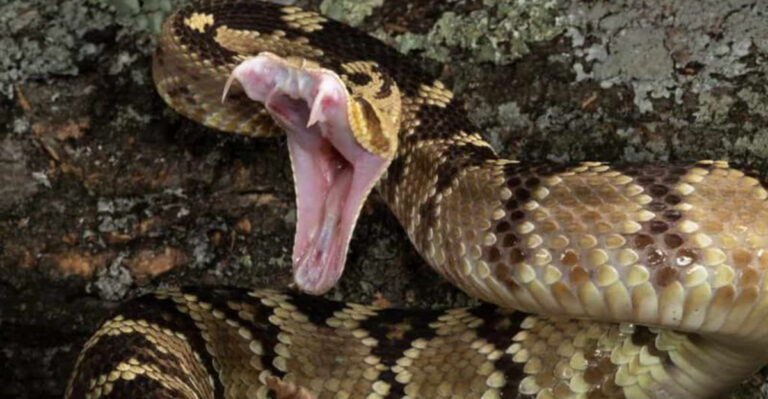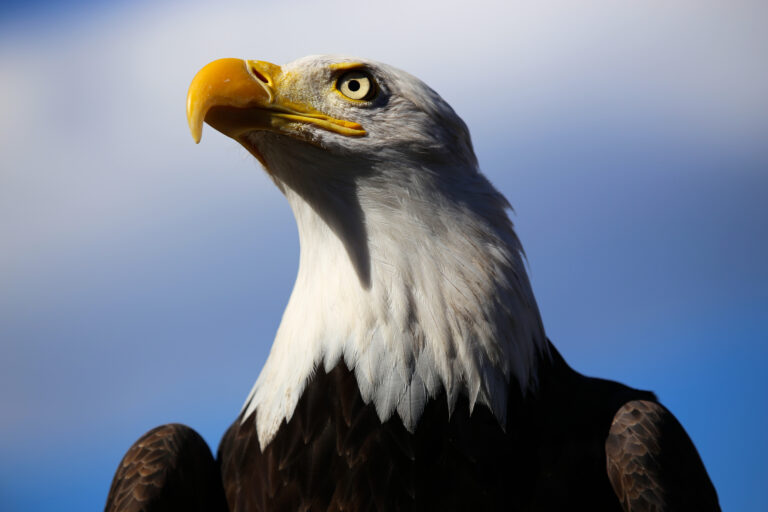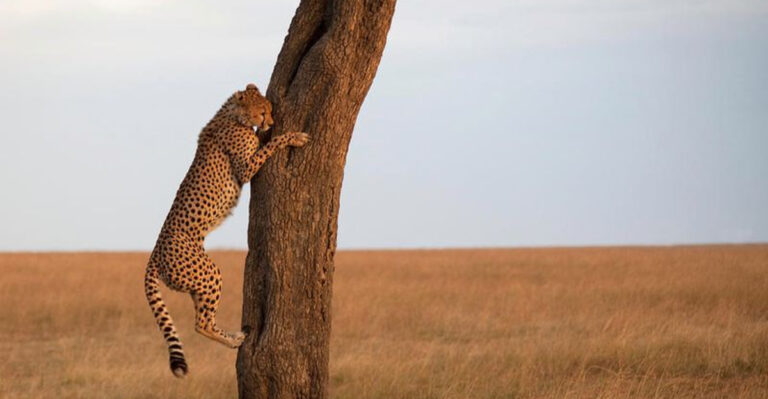13 Hidden Secrets Behind The Bald Eagle’s Hunting Techniques
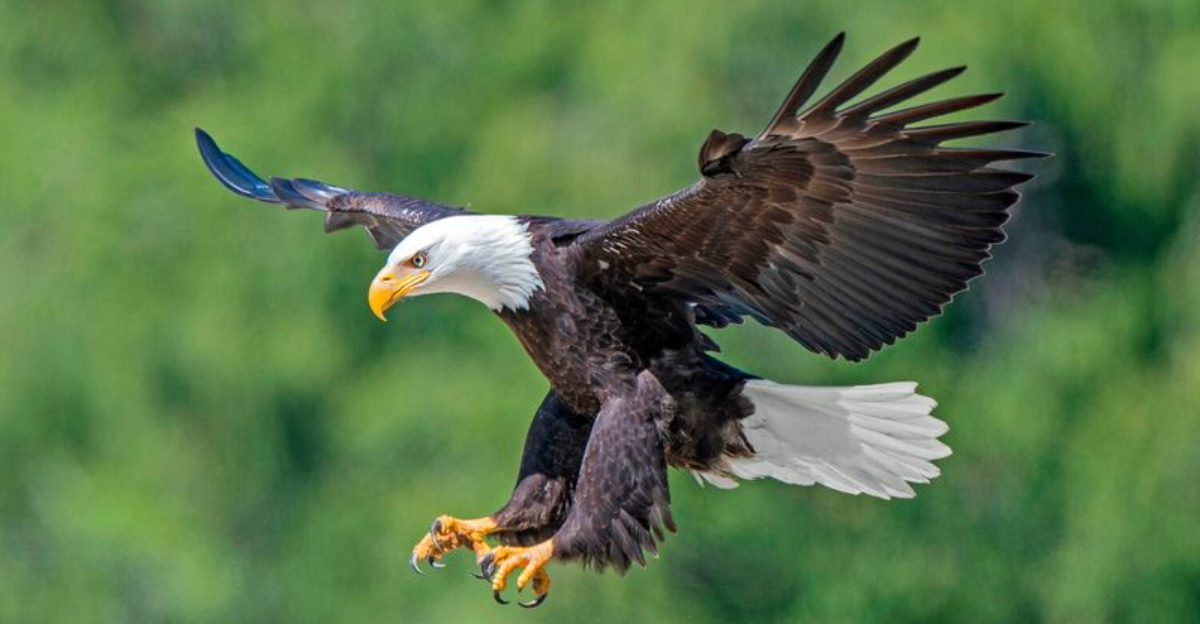
Bald eagles aren’t just America’s national symbol – they’re master hunters with tricks up their feathery sleeves.
These majestic birds can spot a fish from nearly a mile away and dive at speeds reaching 100 mph to catch their prey. While we admire their beauty soaring through the sky, there’s a whole world of hunting genius happening that most people never notice.
1. X-Ray Vision That Puts Superheroes To Shame
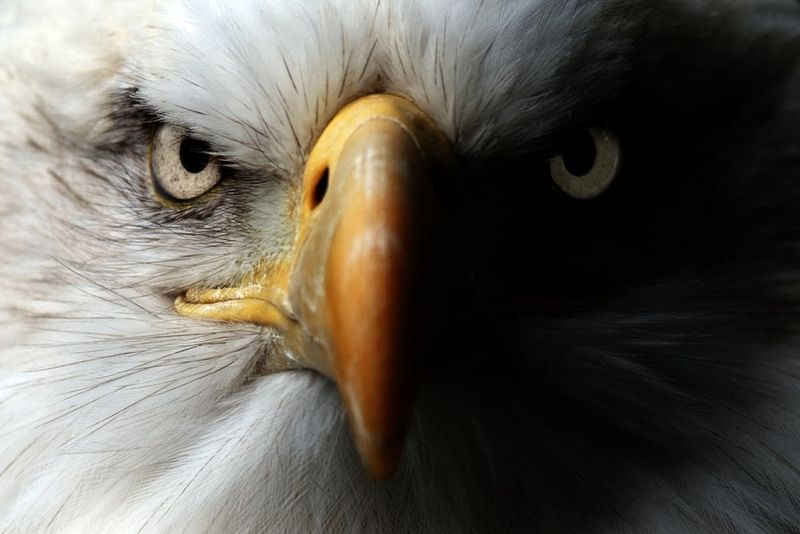
Bald eagles possess vision so powerful it’s like they’re wearing superhero goggles. Their eyesight is estimated to be four to eight times stronger than humans, allowing them to spot a rabbit from two miles away.
This remarkable vision comes from a higher concentration of light-sensitive cells in their retinas and a specialized fovea that magnifies images.
Eagles also see in ultraviolet light, detecting urine trails that rodents leave behind. When hunting over water, they can adjust their vision instantly to compensate for light refraction, ensuring pinpoint accuracy when diving for fish.
2. The Calculated Dive Bomber Approach
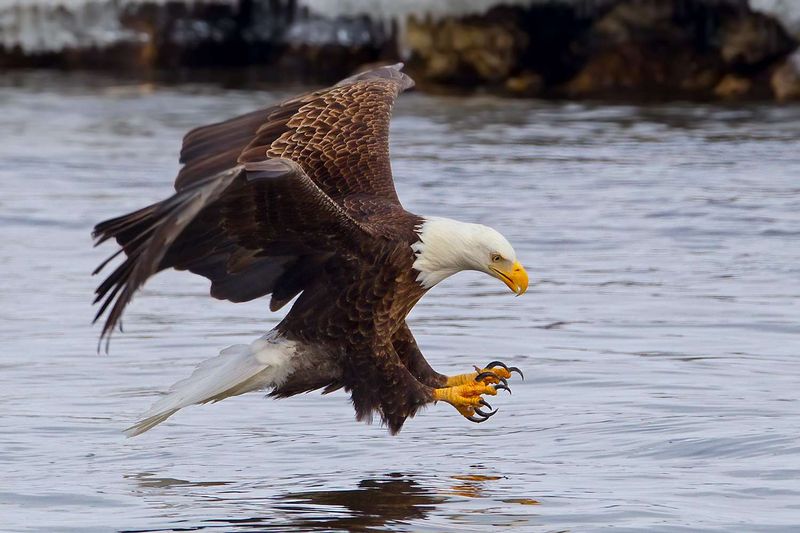
Unlike random swooping, eagles use a precisely calculated diving technique perfected over thousands of years. They position themselves at the perfect angle – not too steep to lose control, not too shallow to miss the target.
During the dive, they tuck their wings slightly to create a streamlined shape, reducing air resistance while maintaining perfect balance. Their bodies essentially become living missiles.
The most fascinating part? They instinctively account for wind speed, prey movement, and water refraction all in split seconds before committing to the dive.
3. Talon Design That Engineers Would Envy
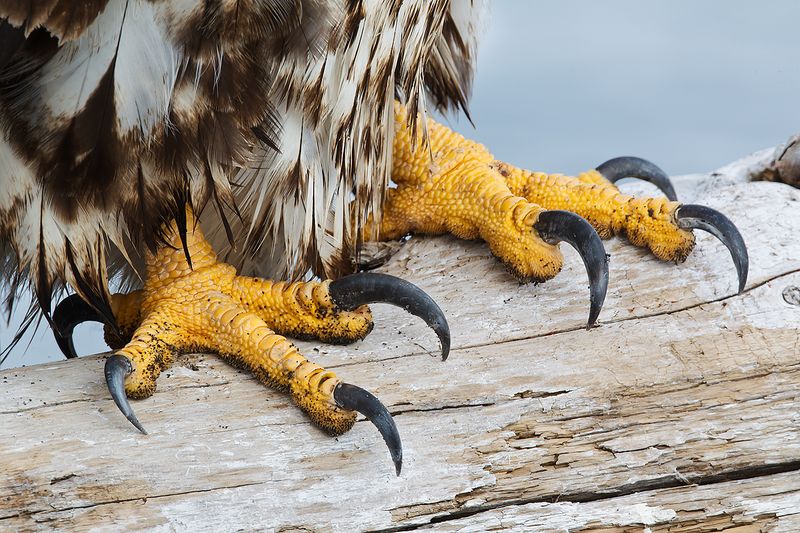
Those impressive claws aren’t just for show – they’re engineering marvels designed specifically for hunting success. Each talon features a specialized grip pattern with tiny spikes that work like fish hooks, preventing slippery prey from escaping.
The eagle’s foot contains a unique locking mechanism that requires no muscular effort to maintain grip once secured. This allows them to carry heavy fish for miles without tiring.
Most impressively, their talons can exert pressure exceeding 400 pounds per square inch – enough to crush the bones of their prey instantly.
4. Masters Of The Fake-Out
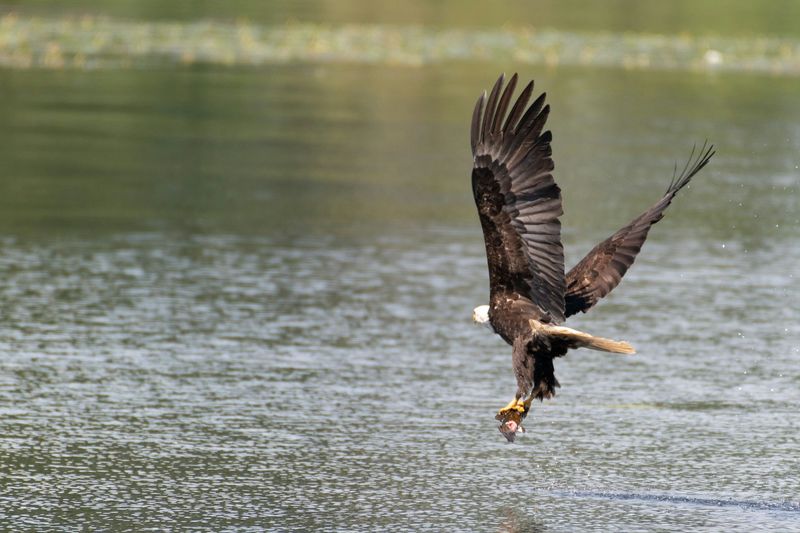
Sometimes eagles employ a clever hunting strategy that resembles a basketball player’s fake-out move. They’ll pretend to lose interest in one area, flying away casually, only to circle back suddenly when prey becomes comfortable again.
Another deception involves shadow manipulation. Eagles will deliberately position themselves so their shadows don’t fall on the water, preventing fish from being spooked by their approach.
Some particularly crafty eagles have been observed creating disturbances in one area of water to drive fish toward shallower spots where they’re easier to catch.
5. The Perfect Storm Weather Hunters
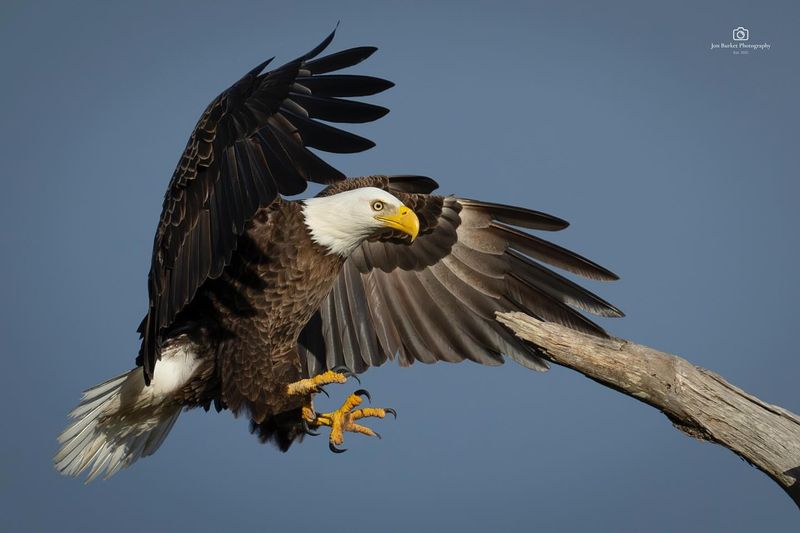
While most birds take shelter during storms, bald eagles often view rough weather as prime hunting opportunity. They’ve learned that stormy conditions disorient fish, bringing them closer to the surface where they’re easier to catch.
Eagles can detect subtle changes in barometric pressure that signal weather shifts, positioning themselves ahead of time for optimal hunting. Their waterproof feathers and specialized nictitating membranes (third eyelids) protect them during these harsh conditions.
Remarkably, they can maintain stable flight in winds that would ground most other birds, giving them exclusive access to prey during storms.
6. Team Hunting Tactics
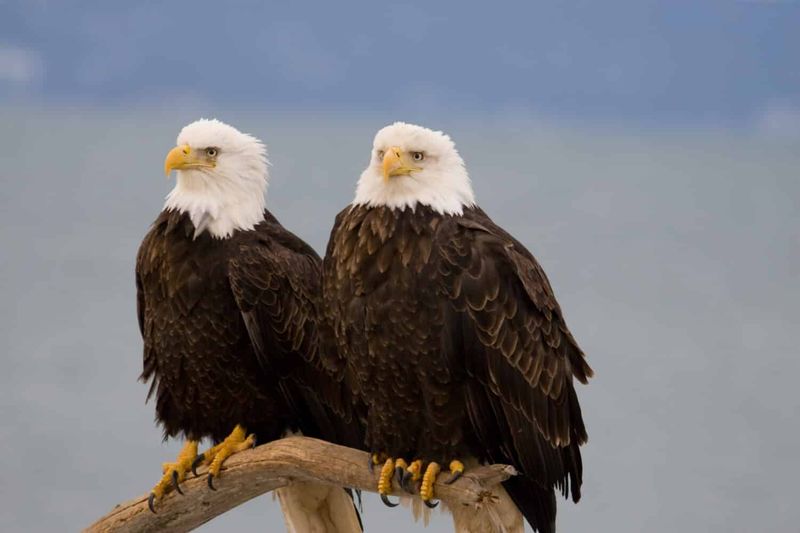
Though typically viewed as solitary hunters, bald eagles occasionally employ sophisticated team hunting strategies that showcase their intelligence. Mated pairs will coordinate attacks, with one eagle deliberately flushing prey toward the waiting partner.
Even more fascinating, eagles sometimes form temporary hunting alliances with ravens. The smaller birds help locate carrion or flush out hiding prey, while the eagles provide protection and access to larger kills that ravens couldn’t open alone.
During salmon runs, eagles have been observed taking turns creating disturbances in the water, driving fish toward others waiting downstream.
7. The Piracy Playbook

Bald eagles have earned a reputation as the pirates of the bird world due to their kleptoparasitic behavior – a fancy term for theft. Rather than always hunting themselves, they’ll often wait for osprey or other fishing birds to make a catch, then swoop in to steal it.
This energy-saving technique involves precise timing and intimidation. Eagles will harass the other bird mid-flight, forcing it to drop its catch, then execute a spectacular mid-air retrieval before the fish hits water.
Some eagles have become so specialized in this technique that they get up to 35% of their food through theft rather than direct hunting.
8. Hunting In The Fourth Dimension
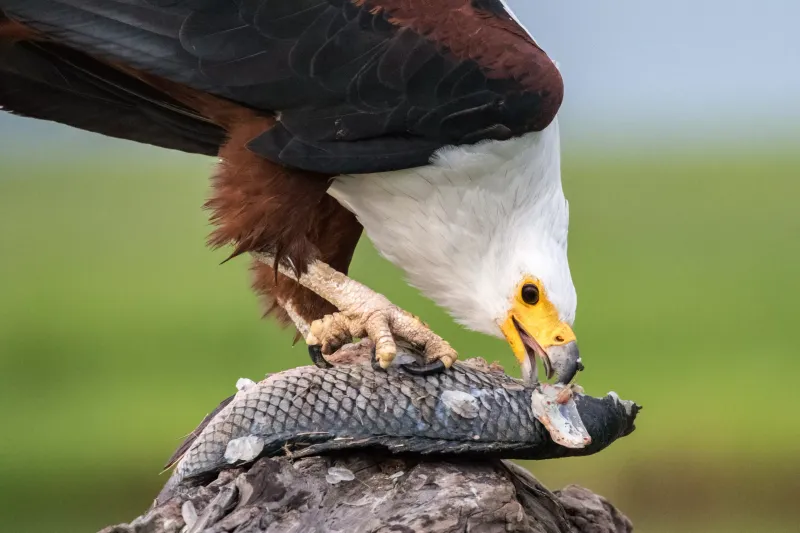
Eagles don’t just hunt in three-dimensional space – they factor in time as a fourth dimension, displaying remarkable predictive abilities. They can anticipate where a fish will be seconds into the future based on its current movement pattern.
This temporal awareness allows them to aim their dives not at where the prey is, but where it will be by the time they reach the water.
They instinctively calculate the refraction of light in water, which makes fish appear to be in a different position than they actually are. Young eagles must practice this complex skill for years before mastering it.
9. The Waterfowl Ambush Strategy
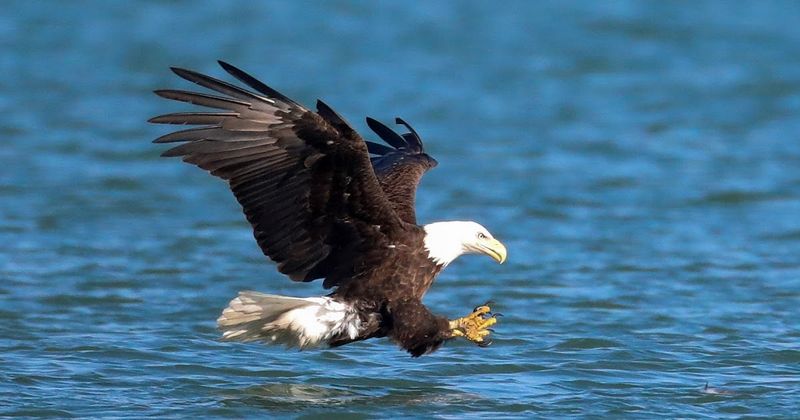
When hunting waterfowl, bald eagles employ a heart-stopping ambush technique that’s rarely witnessed. They’ll perch motionless for hours, blending into trees near water where ducks and geese gather, waiting for the perfect moment to strike.
Unlike their fishing dives, these attacks often come from a lateral approach rather than from above. The eagle flies low and fast just above the water’s surface, using islands or shoreline vegetation as cover until the last possible moment.
This strategy is particularly effective in winter when waterfowl are concentrated in limited open water areas.
10. The Thermal Elevator Technique
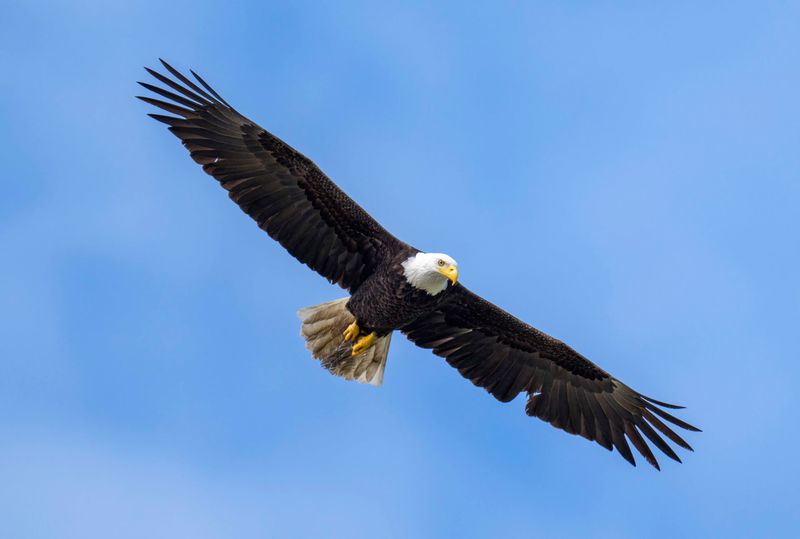
Eagles have mastered energy conservation through their brilliant use of thermal updrafts – rising columns of warm air. Rather than expending precious energy flapping, they’ll spiral upward inside these invisible elevators, gaining altitude with almost no effort.
From this elevated vantage point, they can survey vast territories while barely moving a muscle. When they spot potential prey, they’ll exit the thermal and begin a controlled glide, maintaining the perfect balance between speed and maneuverability.
This technique allows eagles to hunt efficiently for hours, covering territories of up to 100 square miles in a single day.
11. The Winter Ice Fishing Specialist
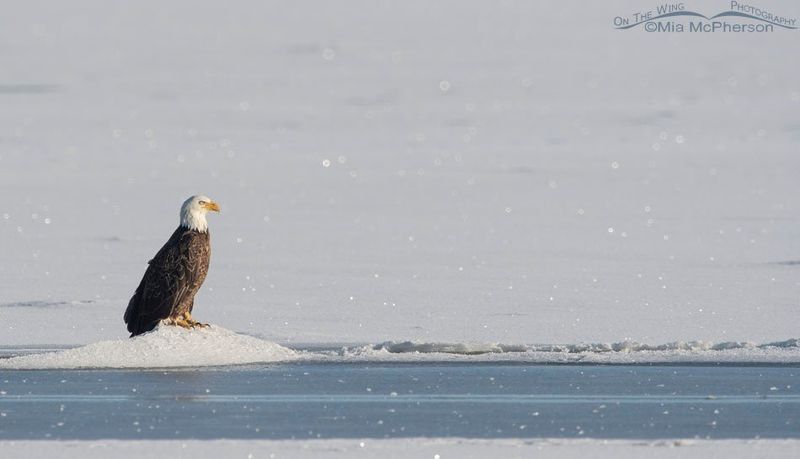
During harsh winters, bald eagles transform into specialized ice fishing experts. They’ll locate and repeatedly visit holes in frozen lakes, waiting for fish to come up for oxygen.
Even more impressive, some eagles have learned to create their own fishing holes by repeatedly dropping rocks to break thin ice, or by using their powerful wings to clear snow from thinner sections. They’ve been observed standing patiently beside these openings, perfectly still until a fish appears.
In extreme cold, they’ll sometimes work in loose groups, taking turns watching holes while others rest, displaying remarkable adaptation to challenging conditions.
12. The Sound-Hunting Advantage
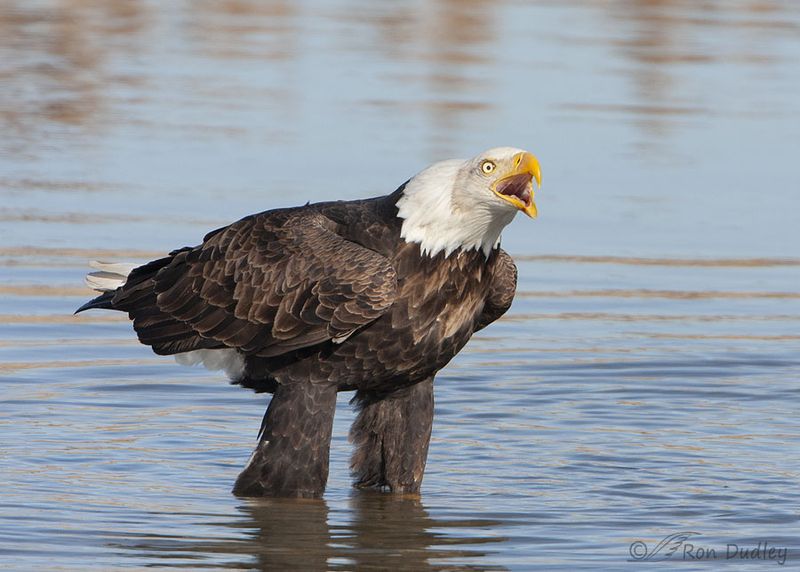
While eagles are known for their incredible vision, scientists have recently discovered they also use sound to hunt effectively. Their asymmetrical ear openings – positioned at slightly different heights on their heads – allow them to triangulate sound with remarkable precision.
This adaptation helps them locate prey hidden in grass or under snow by detecting tiny movements. Eagles can hear high-frequency sounds made by small mammals that human ears cannot detect.
During night hunting, particularly on moonlit nights, this audio advantage becomes crucial as they combine limited visibility with sound detection to find prey.
13. Memory Maps That Guide The Hunt
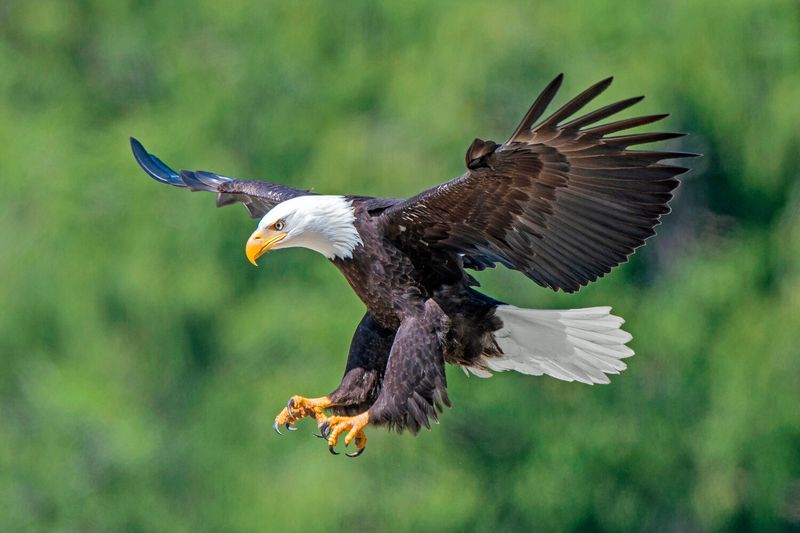
Eagles possess remarkable spatial memory that plays a crucial role in their hunting success. They create detailed mental maps of their territories, remembering precisely where they’ve successfully hunted before and under what conditions.
This memory extends to seasonal patterns – they’ll return to the exact same fishing spots year after year during salmon runs.
Some eagles have been documented traveling hundreds of miles to specific locations they’ve visited in previous seasons. Their memory also helps them track other predators’ habits, allowing them to anticipate where wolves or bears might leave behind carrion.


